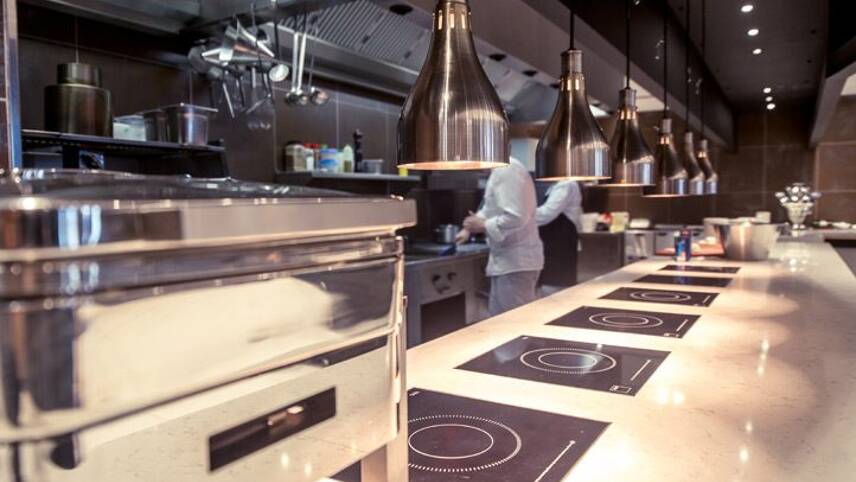Register for free and continue reading
Join our growing army of changemakers and get unlimited access to our premium content

114 restaurants were studied across 12 countries. Annual food sales across sites ranged from $400
The Business Case for Reducing Food Loss and Waste: Restaurants report has been published by Champions 12.3, the coalition of government, business and civil society leaders which aim to accelerate progress towards the UN Sustainable Development Goal (SDG) of halving global food waste by 2030.
The report found that restaurants implementing new food waste measures were able to reduce food waste from kitchens by 26% on average, while 75% had recouped investments into any preventative measures one year on. Almost nine in 10 restaurants that have had these measures in place for two years recorded economic benefits.
“The only way we can halve food waste by 2030 is if restaurants and other businesses along the supply chain step up their action. Every part of the food industry has a responsibility to reduce food waste,” Champions 12.3 chair and Tesco’s chief executive Dave Lewis said.
“These findings make it crystal clear that reducing food waste isn’t just the right thing to do, it’s also the smart business move.”
One-third of all food produced annually is never eaten, creating $940bn in economic losses. Food loss also accounts for 8% of global greenhouse gas emissions.
The study suggests that the economic case for tackling food waste is improving. Last year, a Champions 12.3 study revealed a $6 return for every $1 spent for caterers.
In total, 114 restaurants were studied across 12 countries. Annual food sales across sites ranged from $400,000 to $17.3m.
All sites were able to keep food loss measure investments below $20,000. The most successful implementations include measuring and monitoring the amount of food wasted, training staff on new food handling and storage procedures, and redesigning menus to serve leftovers. As a result, businesses were able to reduce purchasing costs to a ratio of 7:1.
The World Resources Institute’s director of food loss and waste, Liz Goodwin added: “Chefs and kitchen managers put a lot of care into the food they serve. If they give just as much attention to ensuring none of it goes needlessly to waste, they also can put money in their pockets. What’s not to love about that?”
Last month, The Department for Environment, Food and Rural Affairs (Defra) launched a £5m scheme aimed at helping UK businesses to redistribute surplus food and minimise their food waste outputs.
The scheme forms part of the Government’s £15m plan to help redistribute almost £1bn worth of food waste from supermarkets, other retailers and manufacturers each year.
Matt Mace


Please login or Register to leave a comment.